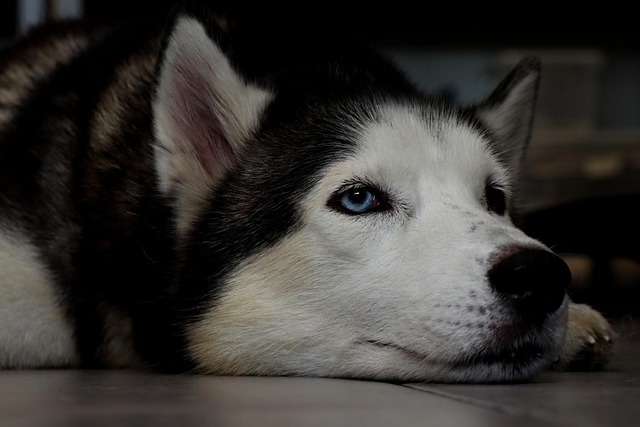
How can I tell if my dog's heatstroke is serious
Let’s be real: It’s a sticky August morning in Los Angeles, and you took your 2-year-old Golden Retriever, Max, for a walk a little later than usual
Huskies’ thick double coats make summer a tough season, even for those living in milder parts of Europe or North America. Never leave them in a parked car—temperatures can spike to dangerous levels in minutes, and this violates animal welfare laws in most states and EU countries. A quick walk at noon might seem harmless, but their paws can burn on hot asphalt, leading to painful injuries that often require vet care.
Invest in a quality cooling mat for your Husky’s favorite resting spot; look for ones with non-toxic gel that holds its cool for hours. Adding ice cubes to their water bowl works, but a pet-specific water fountain is better at keeping water fresh and encouraging them to drink more. If you have a backyard, set up a shallow kiddie pool—most Huskies love splashing around, and it’s a fun way to lower their body temperature without much effort. Just make sure the pool is in the shade to avoid it turning into a warm bath.
 Adjust your walking schedule to early morning or late evening when the sun is low and the air is cooler. Even then, keep walks shorter than usual and watch for signs of overheating: excessive panting, drooling, or slow movements. Some cities have “hot weather pet laws” that restrict outdoor activity during peak heat hours, so check your local regulations to stay compliant. Carrying a small spray bottle with water can help cool them down if they start to show signs of distress during the walk.
Adjust your walking schedule to early morning or late evening when the sun is low and the air is cooler. Even then, keep walks shorter than usual and watch for signs of overheating: excessive panting, drooling, or slow movements. Some cities have “hot weather pet laws” that restrict outdoor activity during peak heat hours, so check your local regulations to stay compliant. Carrying a small spray bottle with water can help cool them down if they start to show signs of distress during the walk.
Grooming is key, but never shave your Husky’s coat—it acts as insulation, keeping them cool in summer and warm in winter. Instead, brush them regularly with a slicker brush to remove loose undercoat, which prevents matting and helps air circulate close to their skin. If you’re planning a road trip with your Husky, stop every hour to let them stretch their legs and drink water, and never use the car’s AC on full blast directly at them—sudden temperature drops can cause respiratory issues.
By following these simple steps, you’ll keep your Husky safe and comfortable all summer long. Remember, their bodies aren’t built for extreme heat, so it’s up to you to recognize their limits and adjust your routine accordingly. Staying informed about local pet laws and prioritizing their comfort will not only keep them healthy but also strengthen the bond you share with your furry friend.

Let’s be real: It’s a sticky August morning in Los Angeles, and you took your 2-year-old Golden Retriever, Max, for a walk a little later than usual

You're enjoying a summer afternoon at the park when you notice your dog has stopped panting and appears disoriented - their gums are bright red

Let’s paint the picture: You’re in your Denver apartment, watching your 4-year-old Boston Terrier, Ruby, plop down mid-play session with her favorite toy

Many dog owners notice their pets nails seem shorter after regular walks,but how much does this daily activity actually help?The answer depends on where you walk—concrete sidewalks or asphalt streets gently file nails as a dog's paws hit the ground

Most dog owners notice their pup scooting across the carpet at some point, but few connect it to impacted anal glands. These small sacs near a dog’s rectum secrete a scent for marking territory

Most vets agree that regular dog teeth cleaning is key to avoiding painful dental issues later. For healthy adult dogs, a professional cleaning at the vet’s office every 12 to 18 months usually works well.